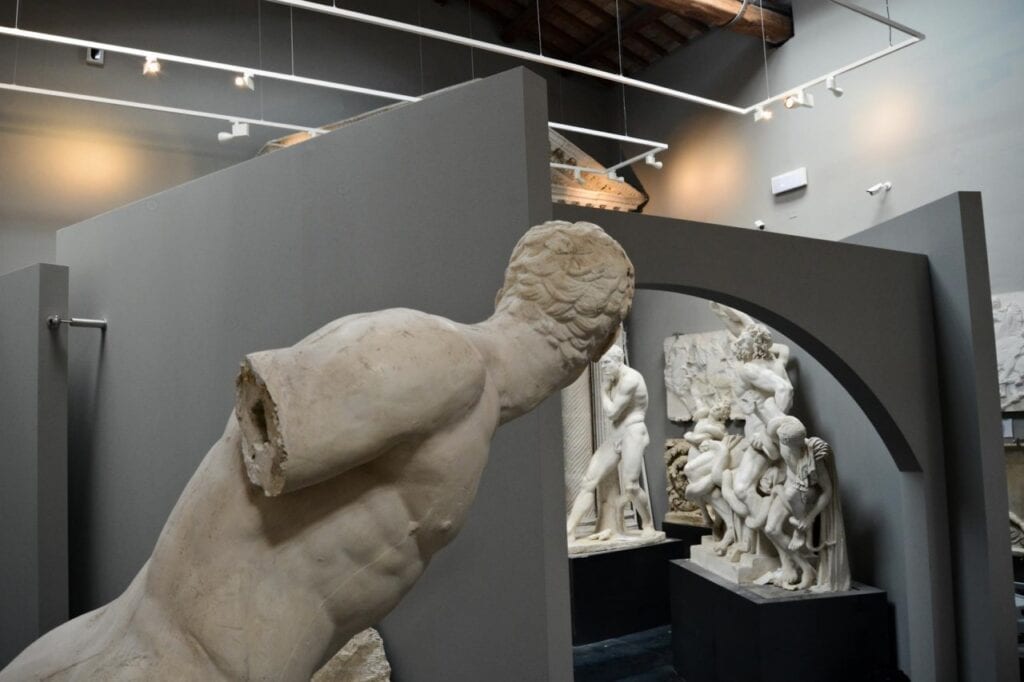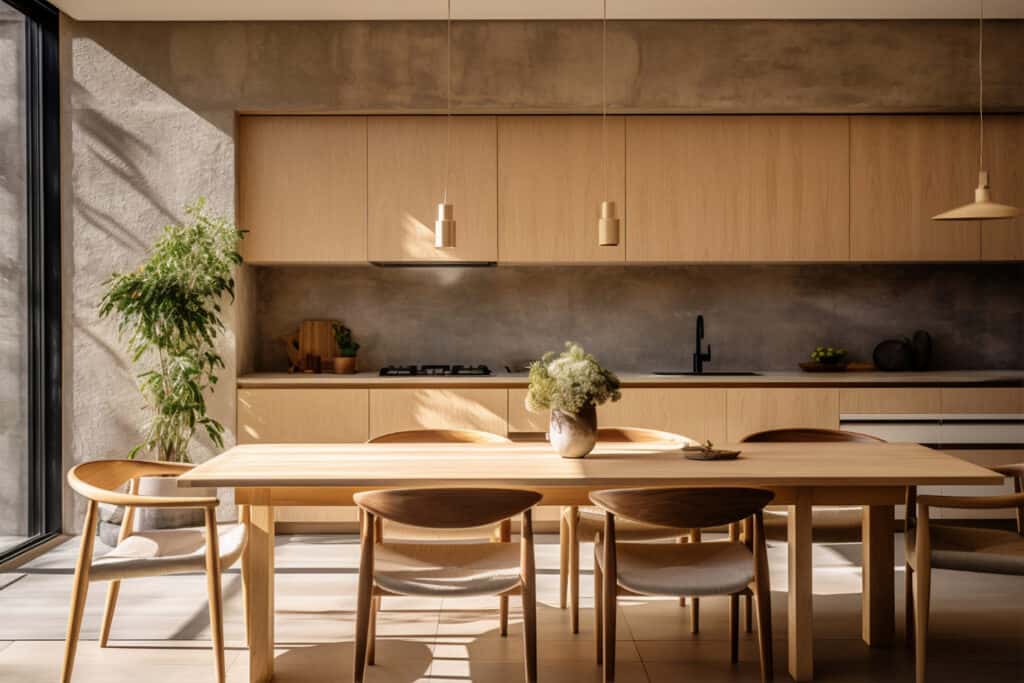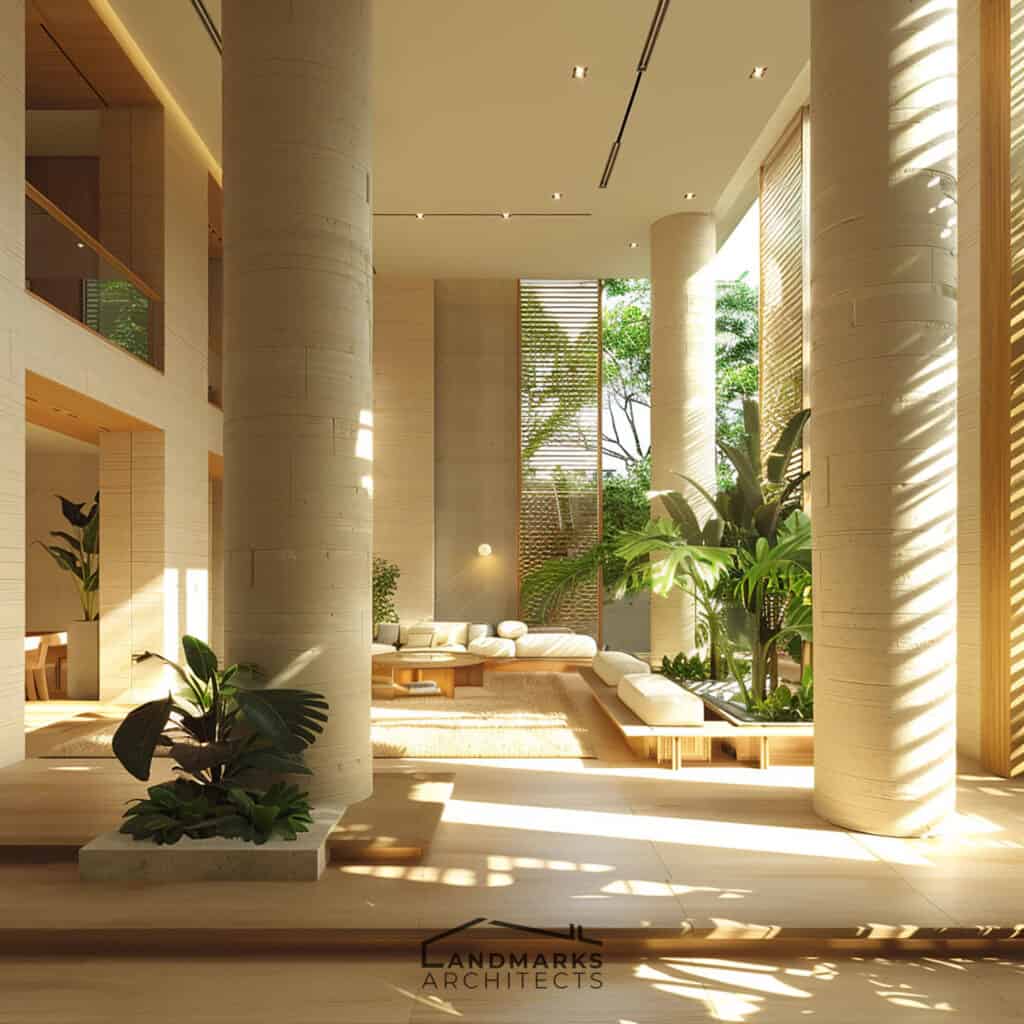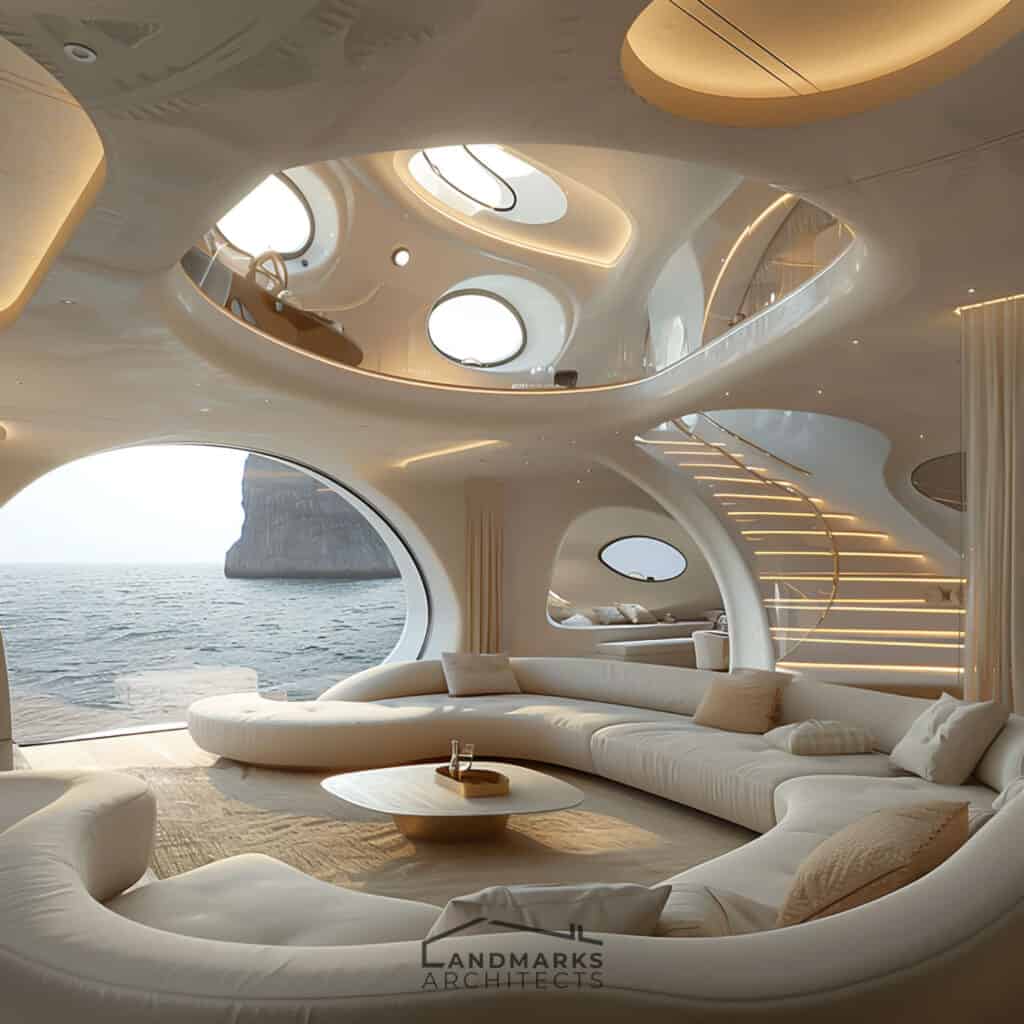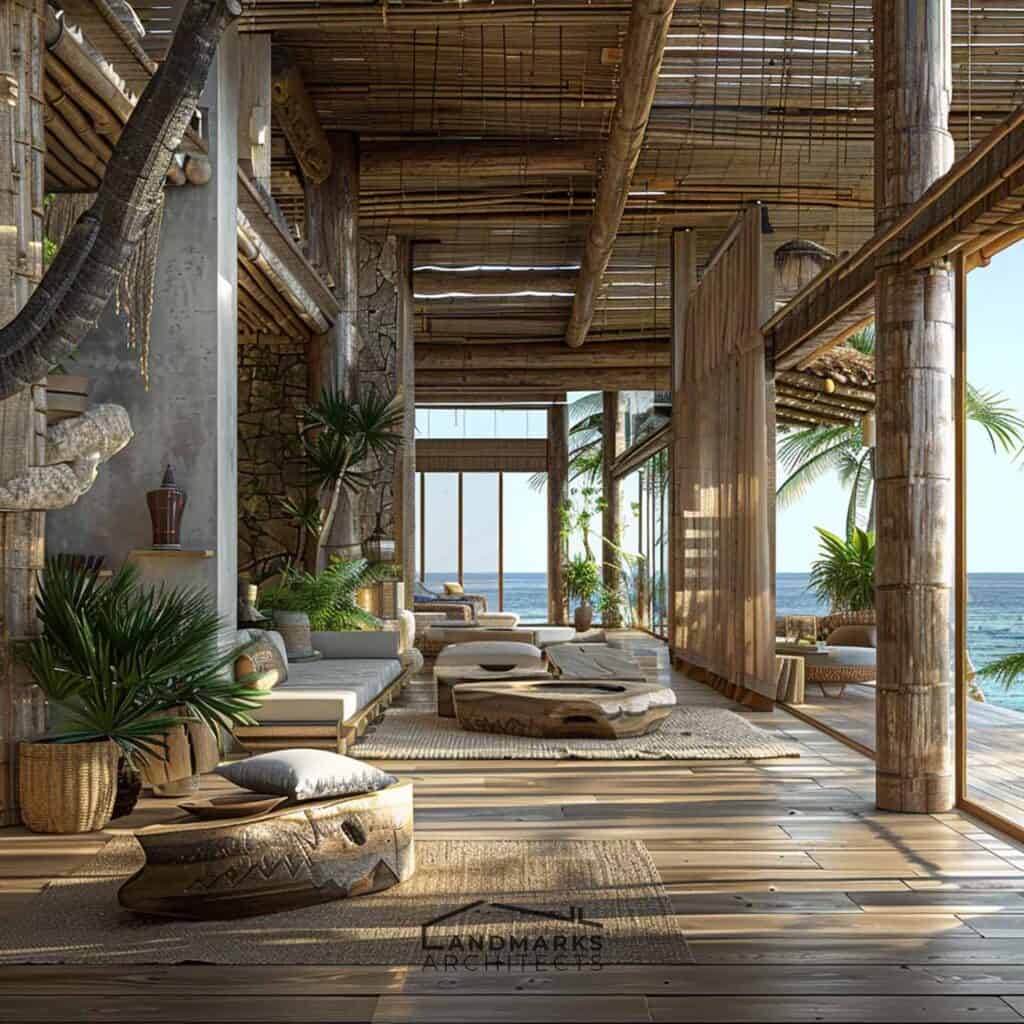Are you looking to create a stylish and inviting space with a unique touch of Spanish elegance? Understanding the key elements of Spanish interior design can make all the difference in achieving that perfect look.
As the hero of your own home transformation, you may be feeling overwhelmed by where to start. We’re here to guide you with our expertise to help you achieve that warm, timeless style.
In this article, we’ll break down 4 key elements like bold colors, textural contrasts, and traditional craftsmanship to create a space that feels both welcoming and sophisticated.
Keep reading, and let’s bring the charm of Spanish design into your home!
Defining Spanish Interior Design
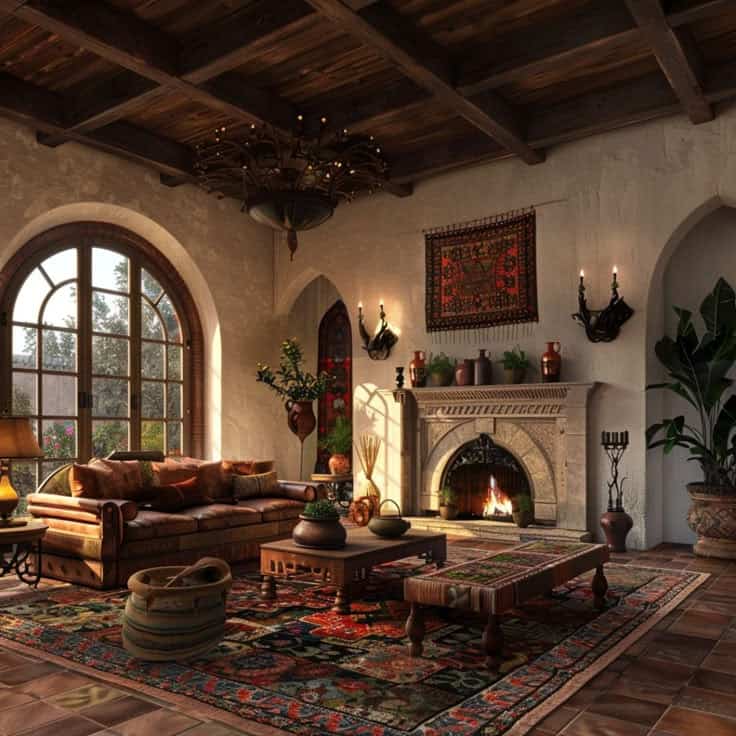
Spanish interior design captures the warmth and richness of Spain’s traditional aesthetic. It often features neutral earth tones with lively pops of color to create visual interest, resulting in welcoming environments.
This style is known for its use of materials like wood and terracotta to bring natural elements indoors.
Bold architectural features, such as wooden beams and arched doorways, are commonly used to add character. The integration of wrought iron and intricate tilework further enhances the space, marrying texture and detail in a harmonious way.
A balance is struck between the rustic charm of traditional Spanish elements and modern clean lines, as seen in Spanish modern interior design. This blend maintains an inviting and timeless look while adapting to contemporary tastes.
4 Key Elements of Spanish Interior Design
Spanish interior design blends traditional warmth with modern elegance, characterized by natural materials, earthy color palettes, and distinctive design elements. Focus is placed on materials, furniture, lighting, and decor that highlight Spanish cultural influences while providing an inviting atmosphere.
1. Color Palettes & Natural Materials
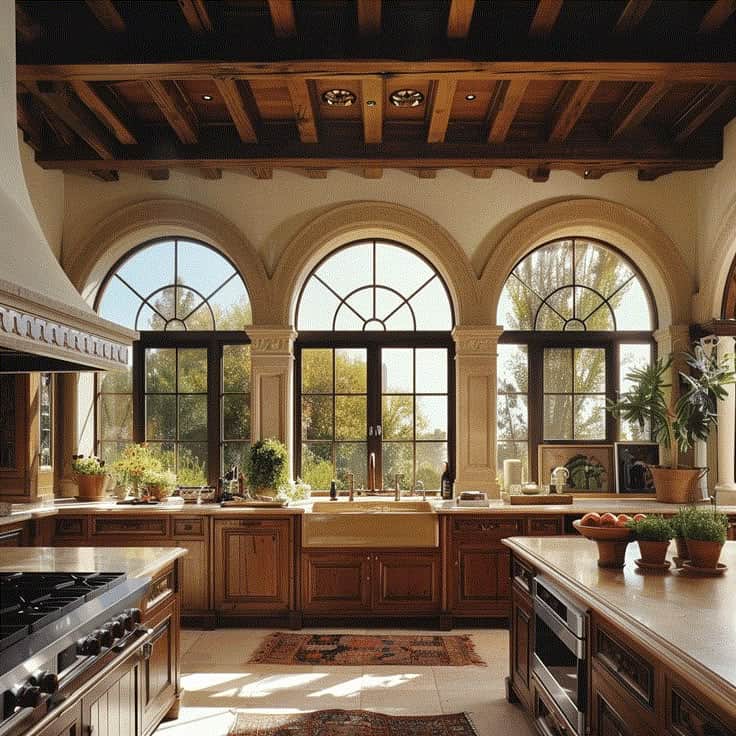
Spanish interior design often features earthy colors and natural materials. Terracotta, ochre, and earthy greens are prevalent, creating warmth and a sense of nature indoors. Stucco walls, a signature element, not only add texture but also complement wood details.
Materials such as wrought iron and leather are commonly used, offering durability and rustic charm. These materials are popular for their ability to withstand time while maintaining aesthetic appeal.
Tiles, often with intricate patterns, adorn floors and walls, lending color and vibrancy to the spaces. The use of clay and ceramic elements further emphasizes the connection to traditional Spanish craftsmanship.
2. Furniture & Layout
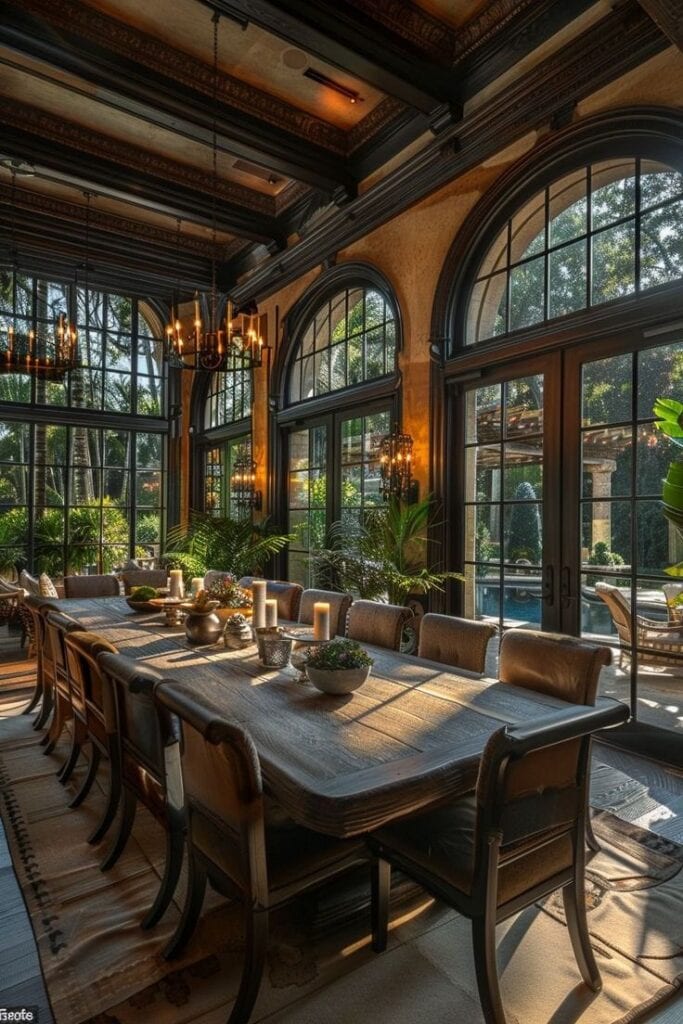
Furniture in Spanish interior design showcases solid wood construction, often crafted from dark woods like walnut and mahogany. These pieces bring a sense of timelessness and sincerity to the space.
The furniture usually has simple lines combined with decorative carvings. Key features like a stucco fireplace or a wrought iron headboard often serve as the focal point around which the room’s layout is organized, enhancing both visual appeal and the overall ambiance of the space.
The layout prioritizes open spaces and communal areas, encouraging social interaction and comfort. Central features like large dining tables and plenty of seating in living areas enhance the communal aspect of Spanish homes.
Courtyards and patios are common, serving as extensions of the indoor living areas and enhancing the connection to the outdoors. The use of arches and columns helps define spaces while adding architectural interest.
3. Lighting
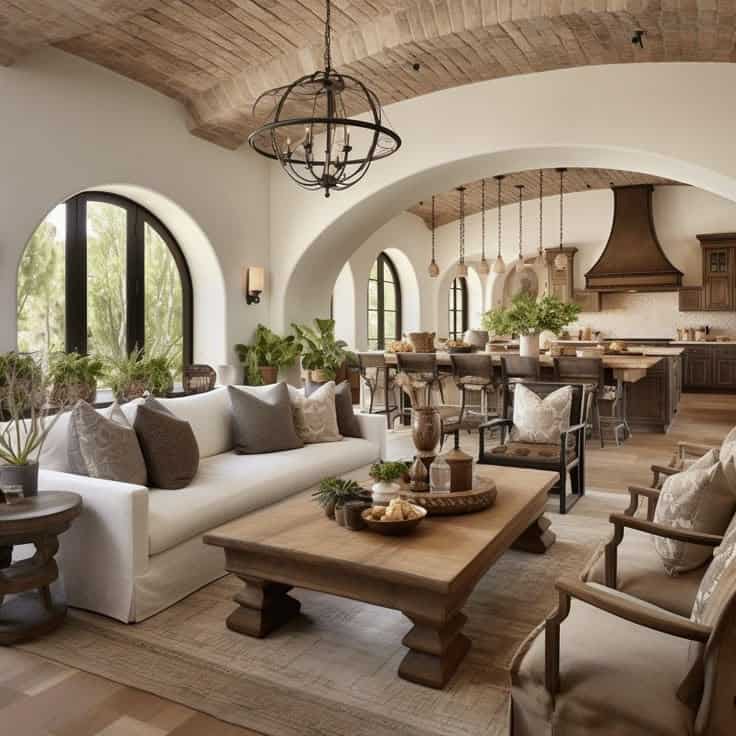
Lighting plays a crucial role in establishing the ambiance within Spanish-style interiors. Traditionally, lighting fixtures are crafted from materials such as wrought iron, which provide a rustic and authentic appeal.
Chandeliers and lanterns are prominent, often featuring intricate designs that highlight craftsmanship.
Natural light is maximized through large windows, often covered with wooden shutters that can be adjusted to control the light entering the room.
The interplay between warm artificial light and natural daylight creates a dynamic environment that allows for different moods throughout the day. Candles and smaller lamps add a layer of intimacy, perfect for evening settings.
4. Decor & Accessories
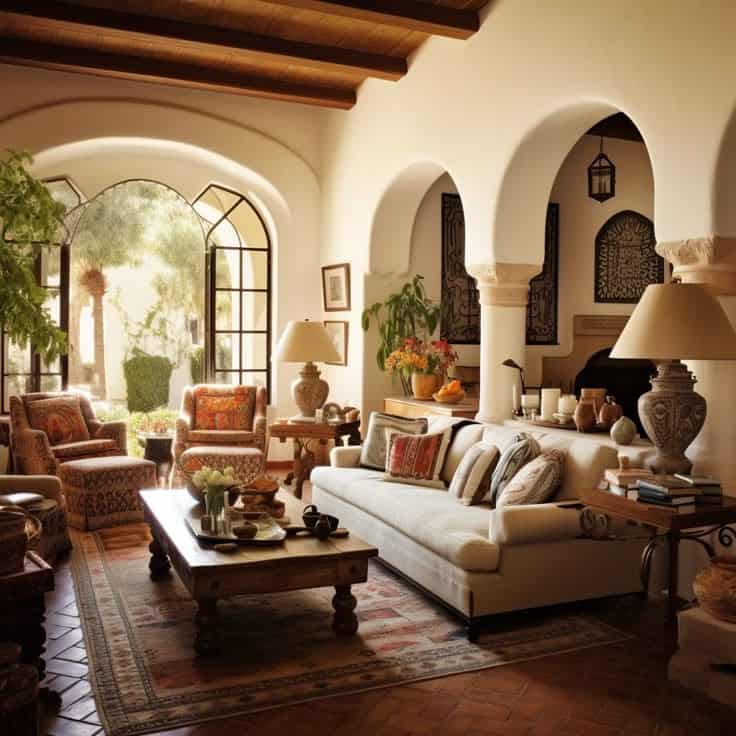
Complementing the architectural elements, decor and accessories in Spanish interiors add personality and cultural depth. A great example of effective decor choices in Spanish interiors is the use of vibrant, hand-painted tiles that embody the region’s artistic heritage.
Decorative elements like pottery, textiles, and wrought iron details resonate with Spanish heritage. These elements are often handmade and contribute uniqueness to each space.
Colorful tiles are frequently used on surfaces like stair risers and tabletops to create focal points and visual interest. Accessories such as cushions and throws often feature rich textures and patterns.
Bringing in decorative wrought iron pieces, like wall art and light fixtures, helps tie the space together. The use of plants and greenery further enhances the natural aspect, bringing life and vibrancy into the design.
Spanish Interior Design Styles

Traditional Spanish Style:
- Emphasizes warm, earthy tones and Mediterranean influences.
- Features intricate tile work and wrought iron details.
- Often includes exposed wooden beams and arched doorways.
- Spanish interior design styles create inviting living spaces by blending traditional warmth with modern elements.
Spanish Modern Style:
- Combines traditional Spanish elements with sleek, modern design.
- Characterized by clean lines and simple shapes.
- Harmonizes the warmth of Spanish interiors with minimalist decor, blending traditional elements with modern aesthetics.
Spanish Colonial Style:
- Reflects the architecture of colonial-era Spain.
- Utilizes stucco walls, terracotta roof tiles, and courtyards.
- Interior includes heavy wooden furniture and rustic textures.
Mediterranean Revival:
- Inspired by coastal Mediterranean regions.
- Features light color palettes and textured walls.
- Decorative elements include mosaics and hand-painted tiles.
See Also Modern Spanish-Style Interior Design
Common Mistakes in Spanish Interior Design

One common mistake in Spanish interior design is neglecting the use of earthy tones that define the style. A mix of dark woods, white or sand-colored walls, and brown tile flooring helps create the warm, rustic feel typical of Spanish homes.
Another error is ignoring the home’s existing architecture and location. Spanish interiors often highlight unique architectural features, so it’s important to work with them instead of disregarding their character.
Incorporating wrought iron pieces is essential to avoid common design mistakes. These elements add texture and character while remaining budget-friendly, contributing to both elegant and casual settings.
Failing to integrate layered lighting can also hinder the desired atmosphere. Combining various light sources, like wrought iron chandeliers or wall sconces, adds depth and enhances the overall mood.
It’s also important not to over-furnish. Spanish design embraces simplicity, so choosing a few statement pieces rather than cluttering the space keeps the look authentic and functional.
Spanish Interior Design: A Recap
So, adopting Spanish interior design can make your home a warm, cozy haven full of personality and character. By prioritizing rich colors, natural textures, and authentic craftsmanship, you can create a home that captures both timeless beauty and modern-day coziness.
Whether you are installing rustic wooden beams or bold terracotta colors, the secret is to balance traditionalism with personality. With the correct elements, your home will have the stylish simplicity of Spanish style.
It’s now time to apply these tips and start constructing a space that is both lovely and vibrant.



